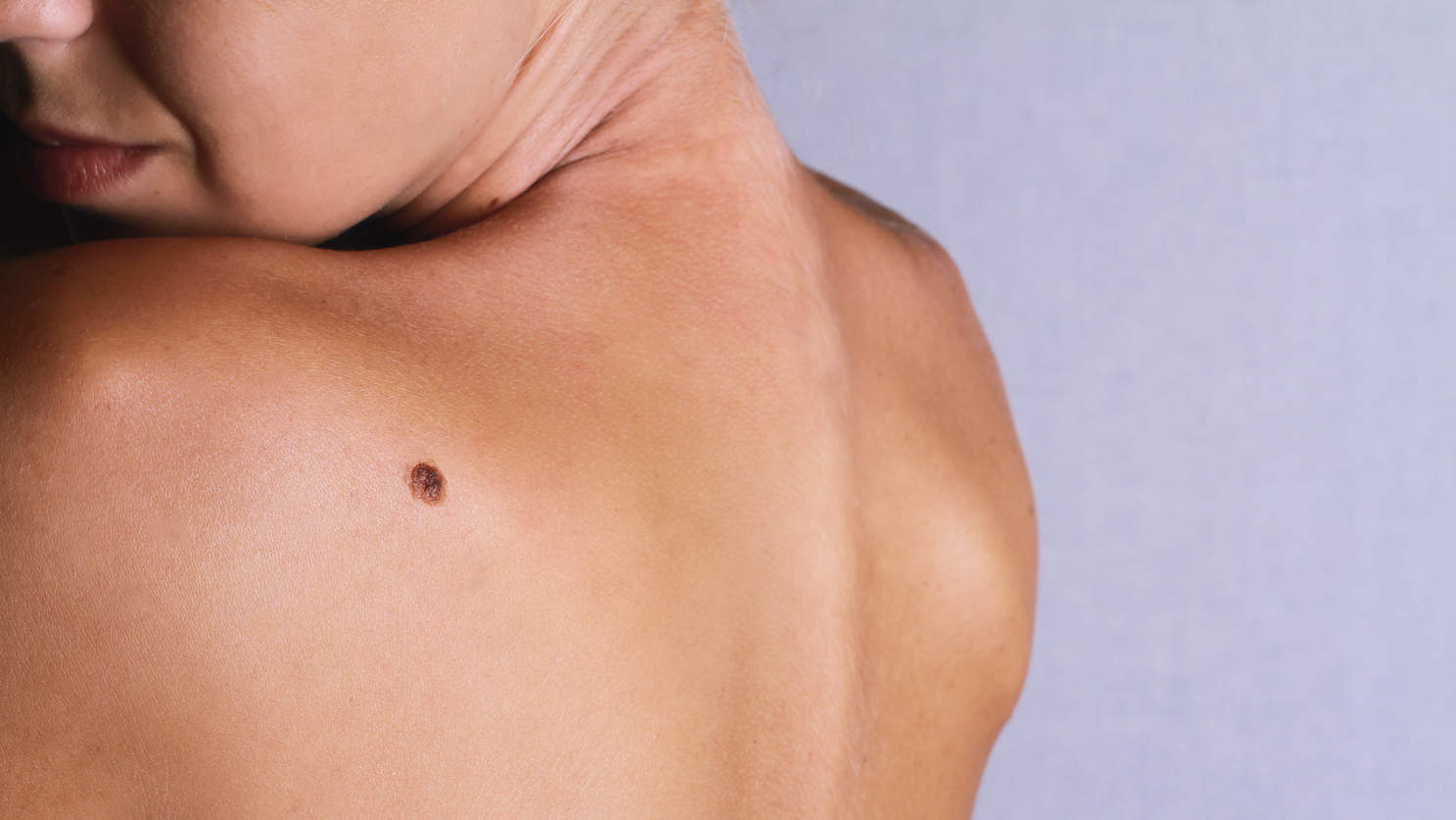If you’ve been away from your skin care specialist during the COVID lockdown, you are likely thinking about a variety of complexion problems that may be plaguing you.
Costhetics wants you to change your focus and think about skin health today, not skin beauty. According to a just-released article on ABC.net, “Australia has the highest incidence of melanoma in the world with one Australian diagnosed every 30 minutes.”
You can search the web for news and information about cosmetic treatments, but there’s nothing better than a skin check to protect your complexion and your life. If you have been hesitant to step outside the door now that lockdown is over, Costhetics hopes this article will inspire you to do the right thing.
What Is Melanoma?
Melanomas, irregular patches of skin, commonly appear on women’s legs and men’s trunks. (It’s important to remember, however, that melanomas can arise anywhere on the skin, even where the sun doesn’t shine. Most clothing does not protect against UV rays.) According to WebMD, 50% of fair-skinned people over the age of 65 are likely to develop at least one skin cancer. This alarming statistic is balanced by the fact that skin cancer can be treated and cured if it is diagnosed early.
There are three types of skin cancer, the most common type of cancer:
- Squamous cell carcinoma
- Basal cell carcinoma
- Melanoma
Melanoma is aggressive and likely to invade nearby tissue and spread to other parts of the body. Of the three types of skin cancer, it is most likely to be the cause of death. You can understand why Costhetics wants you to get your skin cancer check right away.
What Happens During a Skin Cancer Exam
Only a trained skin doctor can diagnose melanoma and put you on the path to treatment and cure. Skin checks with your doctor provide an opportunity to have your skin thoroughly examined for skin cancers and pre-cancerous changes in the skin. Nothing could be easier.
As part of your exam, you will be asked to disrobe, although you may keep on your undergarments. Your dermatologist, or skin doctor, will examine your skin completely from head to toe. Doctors use a painless device called a Dermatascope to magnify and illuminate the skin. Should lesions be discovered, they will likely be photographed to create a baseline for your next visit.
Should your doctor feel that a lesion requires an immediate test, a biopsy may be called for. Your skin will be numbed, and a small number of cells will be removed and sent to a lab for testing. This will result in a precise diagnosis and serve as the basis for your treatment. A biopsy is nothing to fear. It is a small procedure that generally only takes a few moments from start to finish.
Melanomas may be removed using surgical and non-surgical methods.
Skin Cancer Self-Assessment
Doctors and skin care professionals generally perform skin cancer exams as part of a routine annual physical. Many things can change in a year, however, and it is important for you to check your own skin regularly for irregular spots. Begin by finding a well-lit room where you can see things clearly and use a hand-held mirror to look at parts of your body that are hard to see.
Doctors have devised the ABCDE rule for identifying the common signs of melanoma:
- Asymmetry – a mole or birthmark is irregular, where one side doesn’t match the other.
- Border – the edges are irregular, blurred, or ragged.
- Colour – there are patches of different colours, including brown, black, pink, red, white, and even blue.
- Diameter – a skin spot greater than 1/4”, or 6mm, (about the size of a pencil eraser) is cause for concern, though it should be noted that melanomas can sometimes be smaller.
- Evolving – the spot/mole is changing in colour, shape and/or size.
Okay. We’ve armed you with the facts and you now understand just how important it is for Australians to fight back against skin cancer. Now get off your keister and contact your doctor. A skin cancer exam is just what you need to put your mind at ease so you can enjoy the holiday season, 2022, and beyond!
